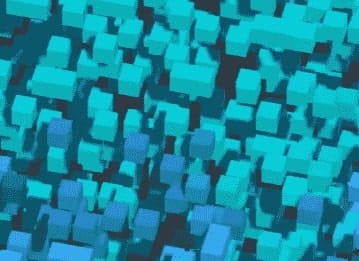There are links on this site that can be defined as affiliate links. This means that I may receive a small commission (at no cost to you) if you purchase something through the links provided on this website.
For details Click here.
Voxel, short for “volumetric pixel,” is a 3D unit of volume. You can see it in computer graphics to represent an object’s shape and volume. Similar to how a pixel represents a single point in a 2D image, a voxel represents a point in a three-dimensional space.
Each voxel contains information about its position in 3D space and its color, opacity, and other attributes. Computer graphics software can create highly detailed and realistic 3D models of objects, environments, and characters by combining billions of voxels.
In addition to their use in creating 3D graphics, you can see its usefulness in medical imaging and scientific simulations. It is also used in other fields where the three-dimensional representation of data is important. Because voxels represent volume as well as surface information. They can be beneficial in applications where understanding the internal structure of an object or environment is necessary.
Voxel Physics:
In addition to static objects, voxels can be utilized to simulate realistic physics in virtual environments. By giving voxels attributes such as mass, density, and collision properties, designers can create physics-based interactions with precise outcomes. This opens up a range of possibilities, including destructible environments, dynamic simulations, and interactive game mechanics.
Once your voxel model is complete, it can be seamlessly integrated into various platforms, games, or virtual reality experiences. Voxel models can be exported in popular 3D file formats such as OBJ, FBX, or STL, ensuring compatibility with most 3D design software. It is important to consider the target platform’s technical requirements to optimize
Overall, voxels play a crucial role in representing and manipulating 3D data in various industries, from entertainment and gaming. Their ability to capture detailed volume and shape information makes them an essential concept in the world of computer graphics and beyond.
